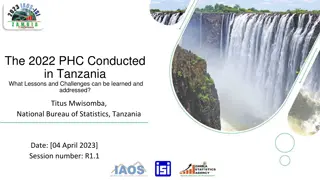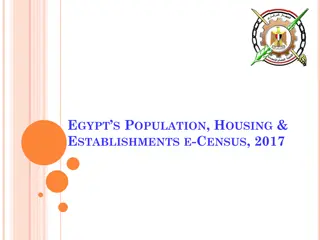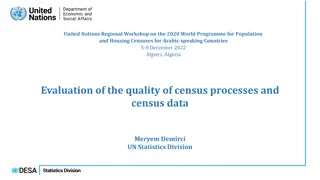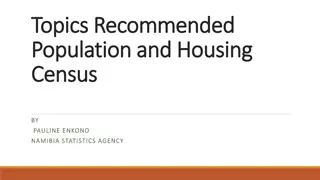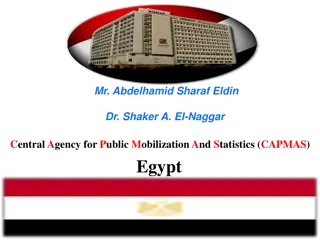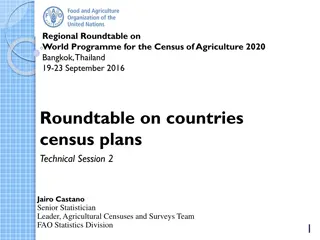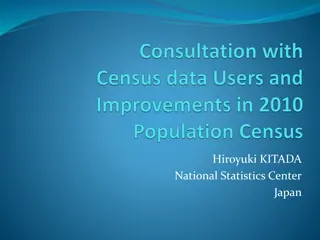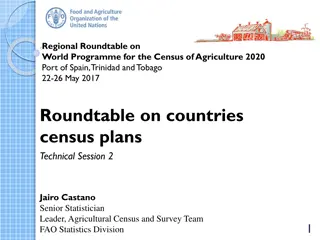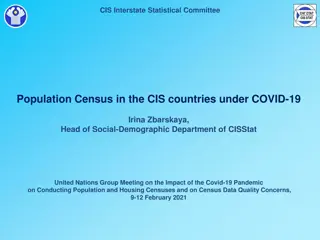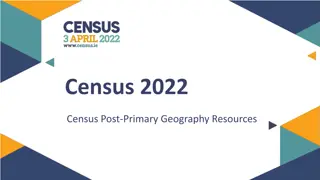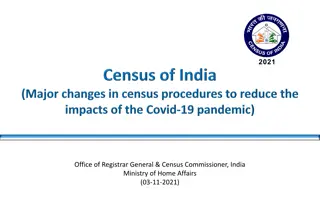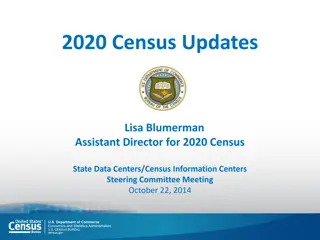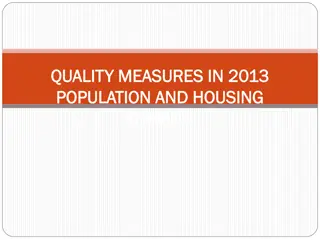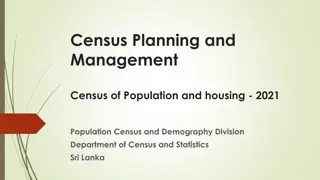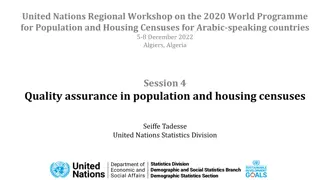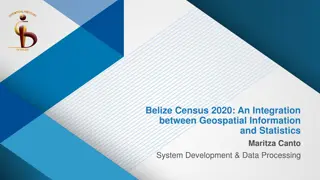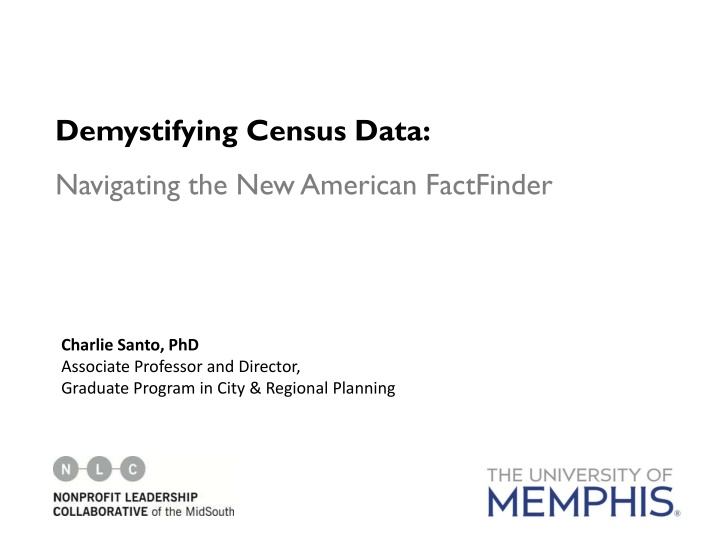
Census Data: Navigating the American FactFinder
Explore the origins of census data, key differences between old and new models, and table naming conventions in this informative guide. Gain insights into population and housing variables through the Decennial Census and American Community Survey. Learn to interpret basic and manipulated data for a comprehensive view of demographic profiles.
Download Presentation

Please find below an Image/Link to download the presentation.
The content on the website is provided AS IS for your information and personal use only. It may not be sold, licensed, or shared on other websites without obtaining consent from the author. If you encounter any issues during the download, it is possible that the publisher has removed the file from their server.
You are allowed to download the files provided on this website for personal or commercial use, subject to the condition that they are used lawfully. All files are the property of their respective owners.
The content on the website is provided AS IS for your information and personal use only. It may not be sold, licensed, or shared on other websites without obtaining consent from the author.
E N D
Presentation Transcript
Demystifying Census Data: Navigating the New American FactFinder Charlie Santo, PhD Associate Professor and Director, Graduate Program in City & Regional Planning
Where does the data come from? Old Model New Model Decennial Census Decennial Census Short Form (100%) Long Form (1 in 6 sample) Short form only (100%) NO LONG FORM Continuous American Community Survey
2000 short form 2000 long form
2010 Census form ACS Form
Table Naming Conventions Decennial Census American Community Survey P: Population Variables (People) B: Base (detailed) Table H: Housing Variable C: Collapsed (version of a base table) DP: Demographic Profile (includes more than one variable) GCT: Geographic Comparison Table R: Ranking Table QT: Quick table (includes some calculations) S: Select Population Profile
Table Naming Conventions BASIC tables (raw data) Decennial Census American Community Survey P: Population Variables (People) B: Base (detailed) Table H: Housing Variable C: Collapsed (version of a base table) DP: Demographic Profile (includes more than one variable) GCT: Geographic Comparison Table R: Ranking Table QT: Quick table (includes some calculations) S: Select Population Profile
Table Naming Conventions Decennial Census American Community Survey P: Population Variables (People) B: Base (detailed) Table H: Housing Variable C: Collapsed (version of a base table) DP: Demographic Profile (includes more than one variable) GCT: Geographic Comparison Table R: Ranking Table QT: Quick table (includes some calculations) S: Select Population Profile Manipulated Data NP: Narrative Profile
2000 SF1 Technical Documentation (with table/variable names) 2000 SF3 Technical Documentation 2010 SF1 Technical Documentation 2006-2010 ACS 5-year Summary Technical Documentation ACS Table Codes
Census Geography Hierarchy (with 2010 Statistical Area Criteria) Central axis describes a nesting relationship Cities and towns -- incorporated Census Designated Places (CDPs) 1,200 to 8,000 population (optimum 4,000) 480 to 3,200 housing units Blocks are not defined by population and are the smallest geographic level at which data are ever released (Decennial Census, not the ACS) 600 to 3,000 population 240 to 1,200 housing units

